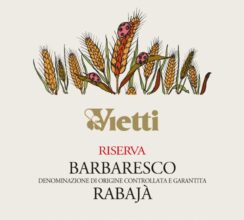
Product information
Vietti Barbaresco ‘Rabajà Riserva’ 2019
$707
Description
The 2019 Barbaresco Riserva Rabajà is a new wine from Vietti. It soars out of the glass with a captivating bouquet redolent of crushed flowers, herbs, mint and orange peel. The aromatics alone are beguiling. Nervy and classic in build, with gorgeous inner sweetness, the 2019 is utterly irresistible.
Antoni Galloni, Vinous 95 Points
Vietti worked in the Rabajà cru in the 1980s and has now returned to make this inaugural vintage of the latest wine to join the portfolio. And what a stunning wine it is. The 2019 Barbaresco Riserva Rabajà has plush, well-rounded fruit and a generous disposition with wild mountain blueberry, grenadine and watermelon candy. There are additional hints of resin, tar, linseed oil, fern or forest plant. The nose is one thing, but the palate is even more powerful, with very solid tannins, fresh acidity and generous fruit intensity. This Riserva fires on all cylinders.
Monica Larner, The Wine Advocate 96 Points
Only 1 left in stock


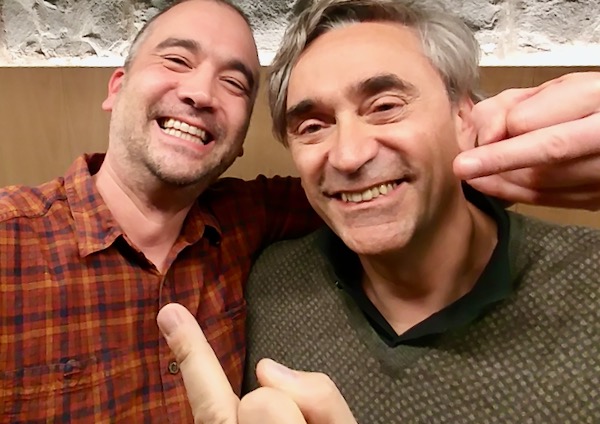








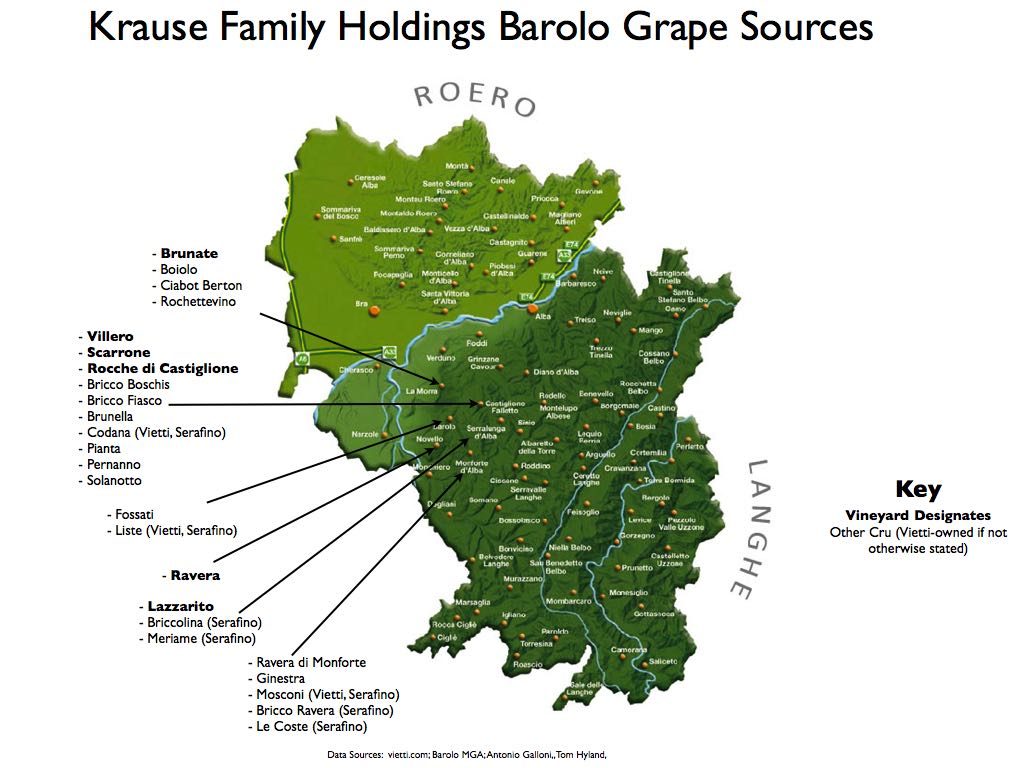
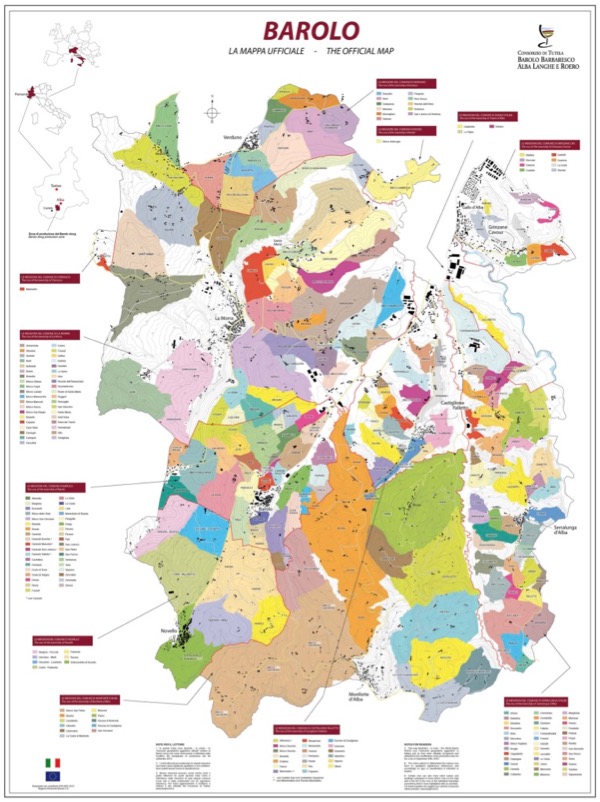
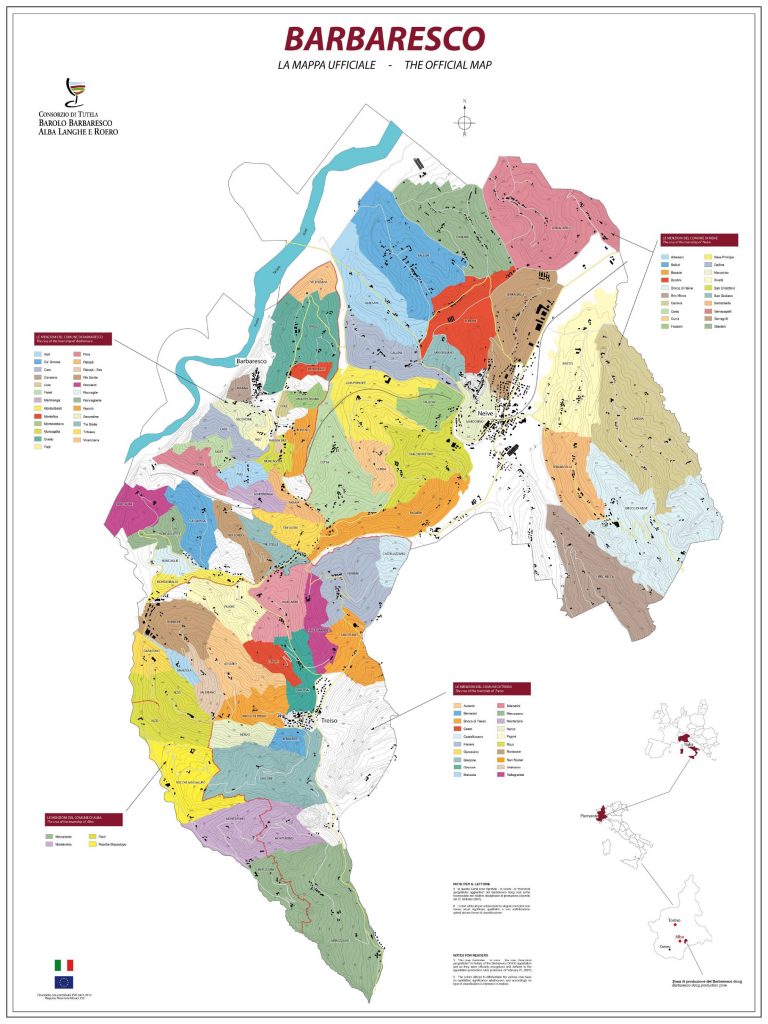
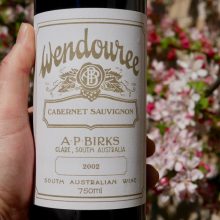
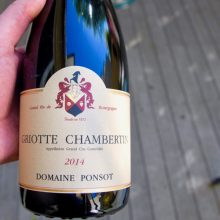
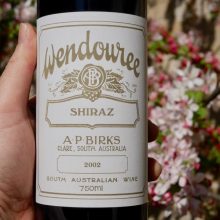
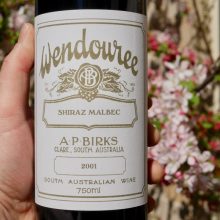
You must be logged in to post a comment.